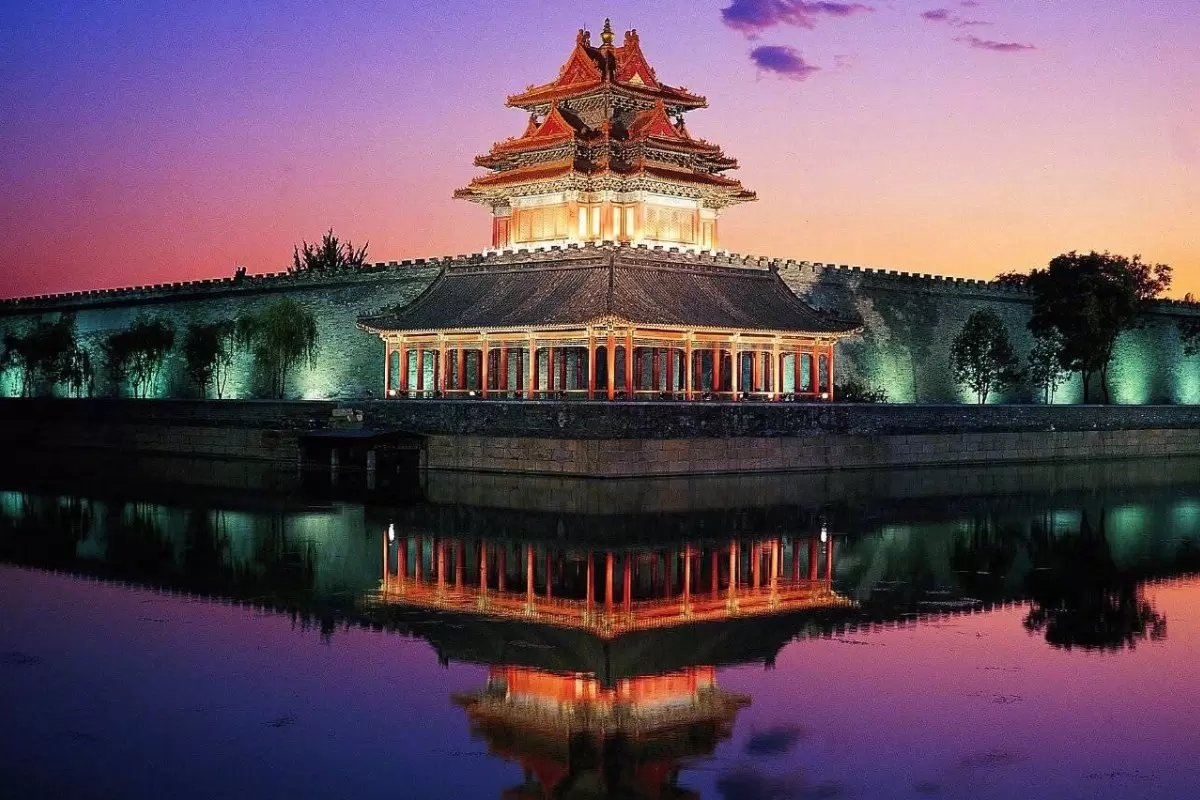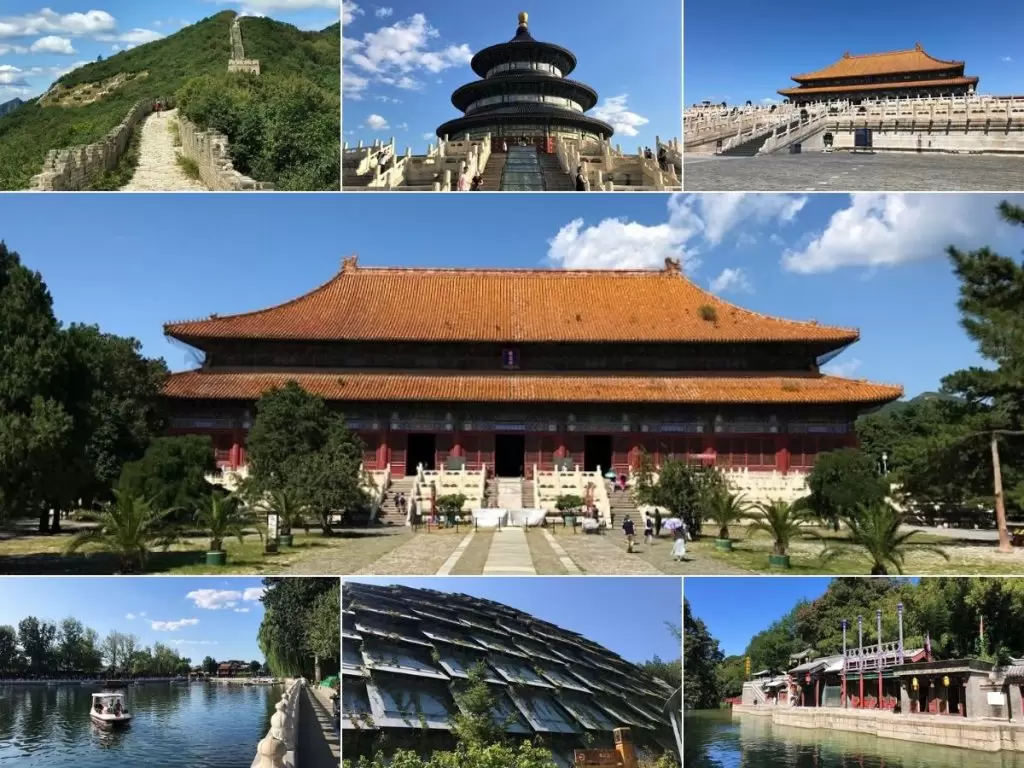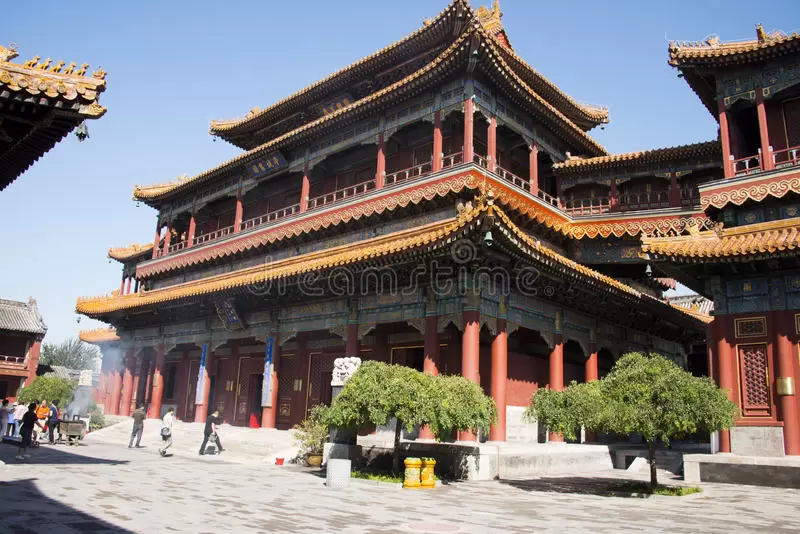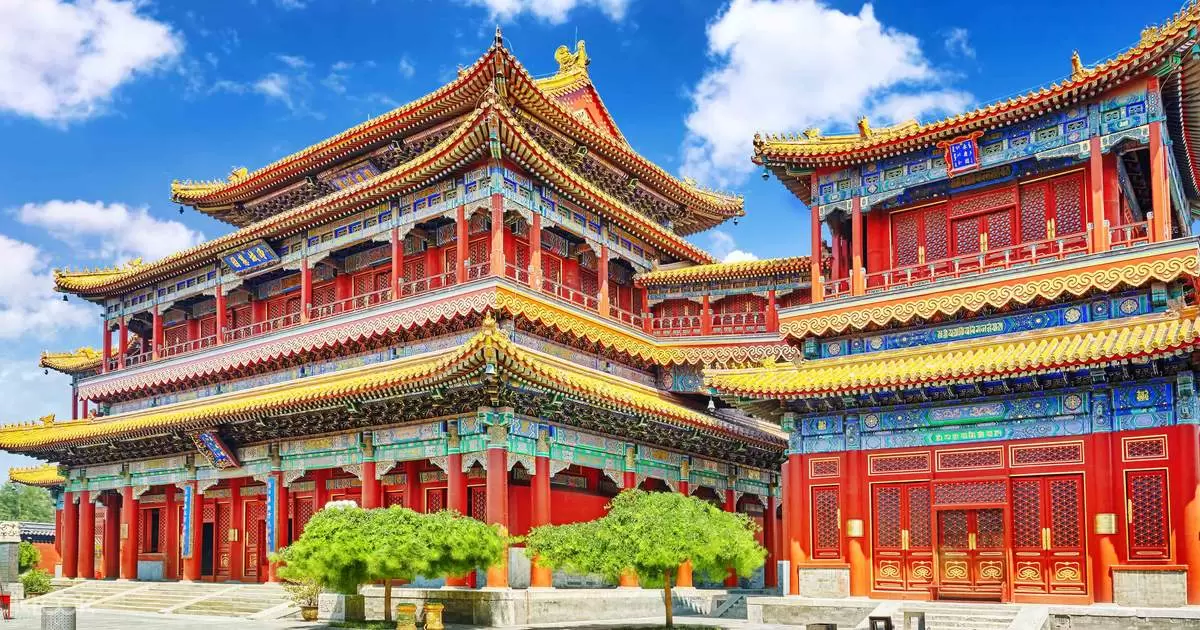Beijing is the capital and one of the largest cities in China. The city is famous for its historical and cultural heritage. The historical sites in Beijing reflect China's rich history and offer visitors a unique experience. In this article, we will explore the top 5 historical sites in Beijing.
1. Forbidden City: One of China's most famous historical sites, the Forbidden City is the imperial palace of the Ming and Qing dynasties. Built in the 15th century, this magnificent structure consists of over 980 rooms and has hosted 24 emperors.
2. Great Wall of China: One of the world's most famous structures, the Great Wall of China is located north of Beijing. Built in the 13th century, this massive structure is part of China's historical defense system.
3. Summer Palace: Located west of Beijing, the Summer Palace was built during the Qing dynasty. This magnificent garden is filled with lakes, bridges, and temples.
4. Lama Temple: The Lama Temple is one of the most important temples of Tibetan Buddhism. Built in the 17th century, this temple is one of China's largest Buddhist temples.
5. Beihai Park: Beihai Park is one of the largest parks in Beijing. This magnificent garden is filled with lakes, temples, and pagodas. Additionally, the White Pagoda located in the park is one of Beijing's most famous landmarks.
These historical sites in Beijing reflect China's rich history and offer visitors a unique experience. By visiting these sites, you can learn more about Chinese culture and have an unforgettable travel experience.
The Most Interesting Historical Places in Beijing
Beijing is the capital and most populous city of China. It is world-renowned for its rich history and cultural heritage. There are many historical sites in Beijing that reflect important events in Chinese history. Some of the most interesting historical sites in Beijing are:
1. Forbidden City: One of China's most famous historical sites, the Forbidden City is the imperial palace of the Ming and Qing dynasties. Built in the 15th century, this palace consists of more than 980 rooms. This palace where the imperial family lived reflects important events in Chinese history.
2. Great Wall of China: The world-famous Great Wall of China is located north of Beijing. Built for over 2000 years, this structure reflects important events in Chinese history. The Great Wall of China is one of the largest human-made structures in the world.
3. Lama Temple: The Lama Temple is one of the most important temples of Tibetan Buddhism. Built in the 17th century, this temple reflects important events in Chinese history. The temple is notable for its rich decorations and statues.
4. Beihai Park: Beihai Park is one of the largest parks in Beijing. Built in the 11th century, this park reflects important events in Chinese history. The park attracts visitors with its lakes, gardens, and temples.
5. Tiananmen Square: Tiananmen Square is one of the largest squares in China. Built in the 15th century, this square reflects important events in Chinese history. The square has been the center of the Chinese Revolution and other important events.
The historical sites in Beijing reflect important events in Chinese history. These sites offer visitors the opportunity to discover Chinese culture and history. Anyone traveling to Beijing should visit these historical sites and discover China's rich cultural heritage.
Cultural Heritage in Beijing: 5 Historical Places to Visit

Beijing is the capital and one of the largest cities in China. It is famous for its historical and cultural heritage. There are many historical sites in Beijing that have an important place in Chinese history and are frequently visited by tourists. This article will provide information about 5 historical places to visit in Beijing.
1. Tiananmen Square: Tiananmen Square is the largest square in Beijing and has an important place in modern Chinese history. The square was built in 1949 to celebrate the founding of the People's Republic of China. It is the place where Mao Zedong's official parades were held.
2. Forbidden City: The Forbidden City is a palace that has an important place in Chinese history. It was the residence of Chinese emperors during the Ming and Qing dynasties. The palace was built in 1406 and is one of the best-preserved historical buildings in China.
3. Great Wall of China: The Great Wall of China is a structure that has an important place in Chinese history. Its construction dates back to the 7th century BC. The wall is 21,196 kilometers long and is the longest wall in the world. The Great Wall of China is listed as a world heritage site.
4. Lama Temple: The Lama Temple is one of the most important temples of Tibetan Buddhism. The temple was built in 1694 and is one of the largest Buddhist temples in China.
5. Beihai Park: Beihai Park is one of the largest parks in Beijing. The park was built in 1166 and has many buildings that have an important place in Chinese history. It is one of the most beautiful parks in China.
In conclusion, the historical sites in Beijing have an important place in Chinese history and are frequently visited by tourists. Tiananmen Square, the Forbidden City, the Great Wall of China, the Lama Temple, and Beihai Park are among the most important places to visit in Beijing. By visiting these places, you can get a close look at Chinese history.
Historical Places in Beijing: Unique Cultural Heritage

Beijing is the capital and one of the largest cities in China. It has gained worldwide fame with its historical and cultural heritage. There are many historical sites in Beijing, which reflect China's rich culture.
One of the most famous historical sites in Beijing is the Forbidden City. The Forbidden City is the imperial palace of the Ming and Qing dynasties. It was built in the 15th century and has more than 980 rooms. The Forbidden City is one of China's best-preserved historical structures and is listed on the UNESCO World Heritage List.
Another important historical site is the Great Wall of China. The Great Wall of China is one of the largest structures in the world and is 13,000 miles long. The Great Wall of China was built during the Ming dynasty and is China's historical defense structure. The Great Wall of China is listed on the UNESCO World Heritage List.
Other historical sites in Beijing include Beihai Park, Lama Temple, Confucius Temple, and Tiananmen Square. Beihai Park was built during the Ming dynasty and is one of China's largest gardens. The Lama Temple is one of the most important temples of Tibetan Buddhism and was built in 1694. The Confucius Temple was built in 1302 in memory of Confucius. Tiananmen Square is one of China's largest squares and was used to celebrate the founding of the People's Republic of China in 1949.
The historical sites in Beijing reflect China's rich culture. These sites offer visitors the opportunity to explore China's historical and cultural heritage. Beijing attracts visitors with its world-famous historical and cultural sites.
Historical Places in Beijing: Traces of the Past

Beijing is the capital and one of the most populous cities in China. The city is famous for its historical and cultural heritage and houses many historical sites. These places carry traces of important events in Chinese history and offer visitors the opportunity to travel deep into the past.
One of the most famous historical sites in Beijing is the Forbidden City, where Chinese emperors lived for centuries. This magnificent structure was built during the Ming and Qing dynasties and has more than 980 rooms. The Forbidden City, used as an imperial palace, is one of the most important structures in Chinese history.
Another important historical site is the Great Wall of China. Built in the 7th century BC, the Great Wall of China is one of the largest defense structures in the world. The wall is 21,196 km long and was built to protect China's northern border. Today, the Great Wall of China is one of the most popular tourist attractions in Beijing.
Other historical sites in Beijing include the Yonghe Palace, the largest Buddhist temple in China built during the Ming Dynasty, Beihai Park, the largest and best-preserved imperial garden in China, and the Summer Palace, the largest and oldest imperial garden in China.
The historical sites in Beijing carry traces of important events in Chinese history and offer visitors the opportunity to travel deep into the past. These places are a must-see for anyone interested in Chinese culture and history.
Historical Places in Beijing: Cultural Riches

Beijing is the capital and one of the largest cities in China. It is famous for its historical and cultural richness. Historical sites in Beijing include many buildings and monuments that reflect China's rich history.
One of the most famous historical sites in Beijing is the Forbidden City, which has been the political and cultural center of China for centuries. This magnificent structure, built in the 15th century, was used by the Ming and Qing dynasties. The Forbidden City, used as an imperial palace, is notable for its more than 980 rooms and gardens.
Another important historical site is the Great Wall of China. One of the world's largest structures, the Great Wall of China was built over a period of more than 2000 years. Located in the Badaling area near Beijing, the Great Wall of China is one of the most visited places by tourists.
Other historical sites in Beijing include the Yonghe Palace, the largest Buddhist temple in China, dating back to the Ming Dynasty; Beihai Park, the largest park in China, built in the 15th century; Niujie Mosque, the largest mosque in China, built in the 14th century; and Baiyun Taoist Temple, the largest Taoist temple in China, built in the 13th century.
Historical sites in Beijing include many buildings and monuments that reflect China's rich history. These sites attract tourists and are an important destination for those who want to explore Chinese culture. Historical sites in Beijing are a must-see for anyone who wants to discover China's rich history.

Comments